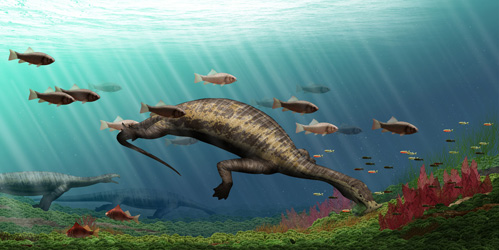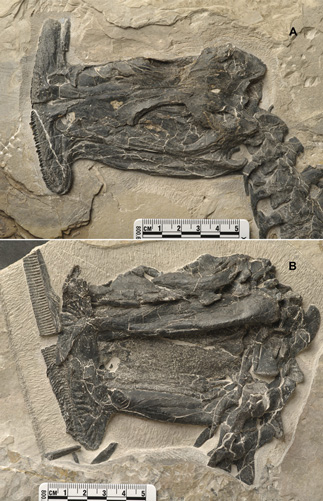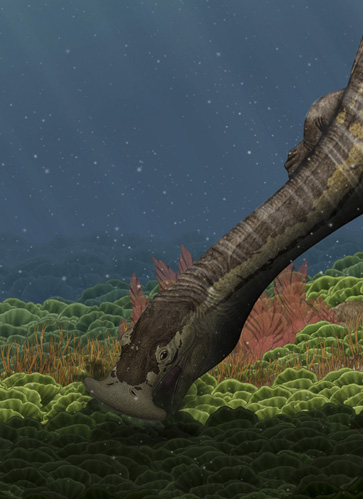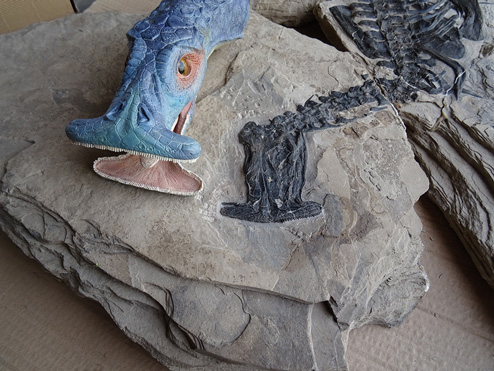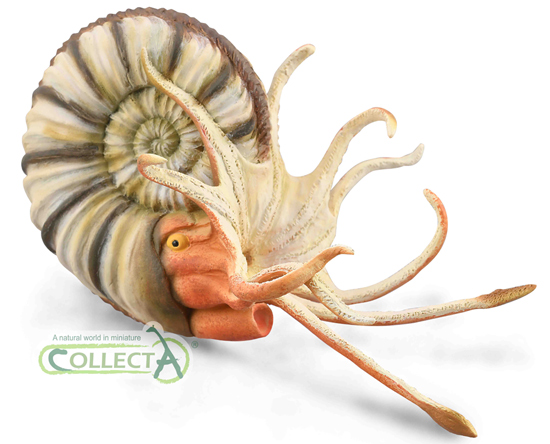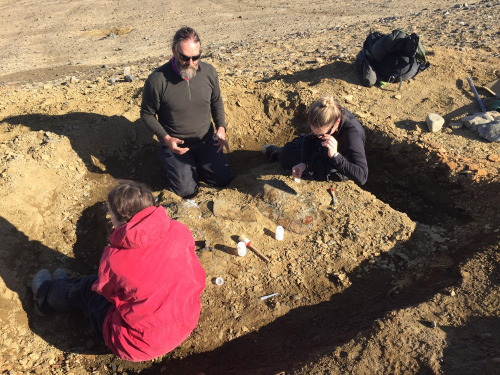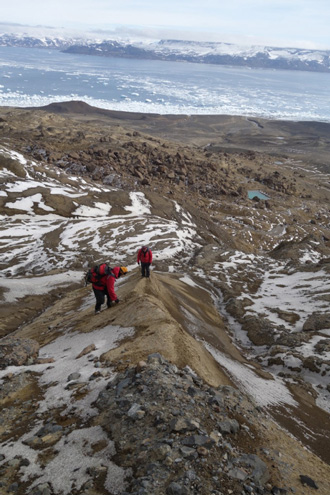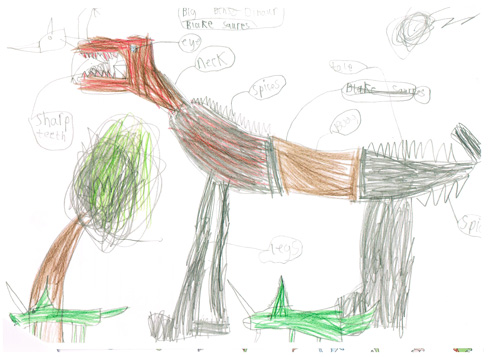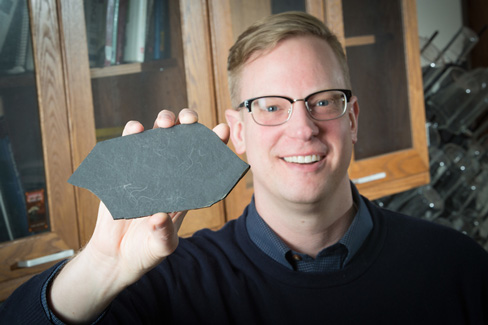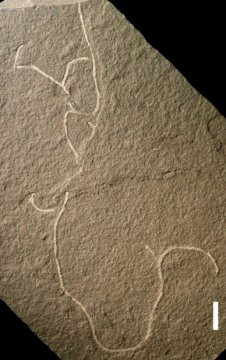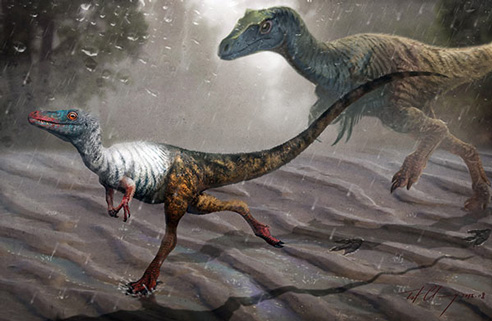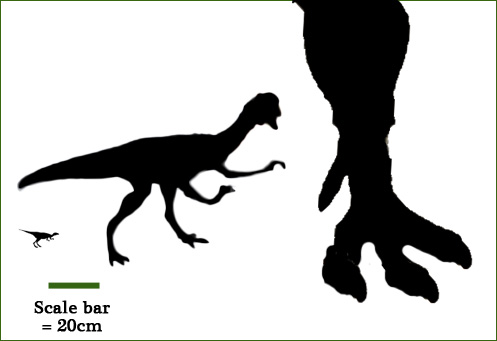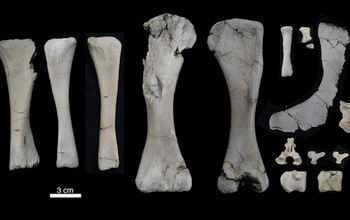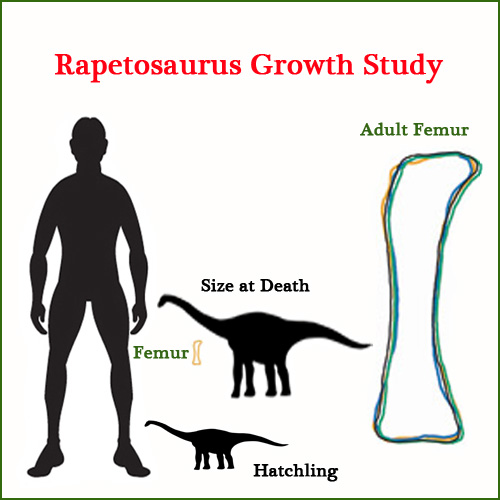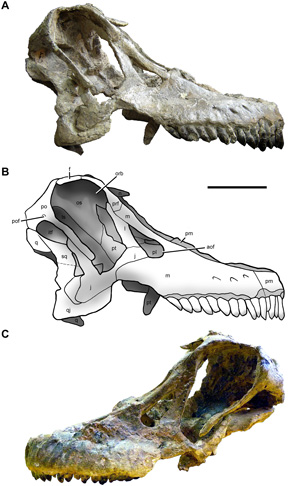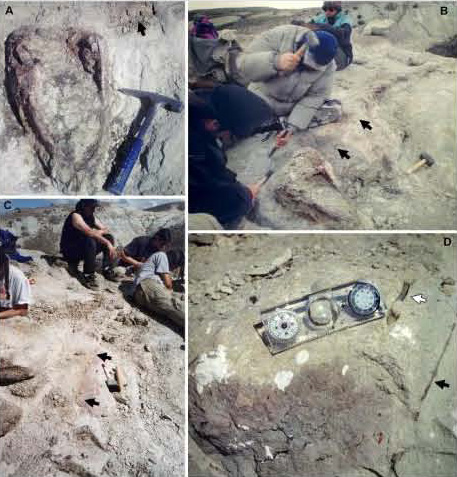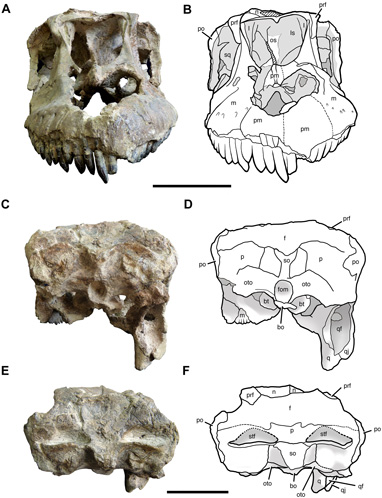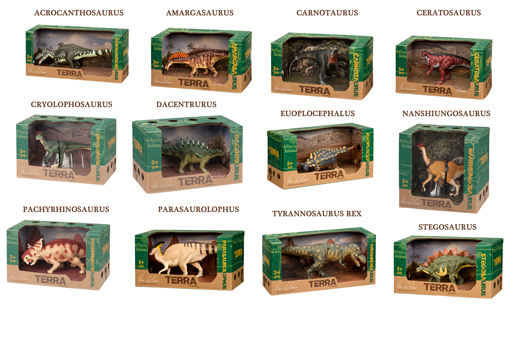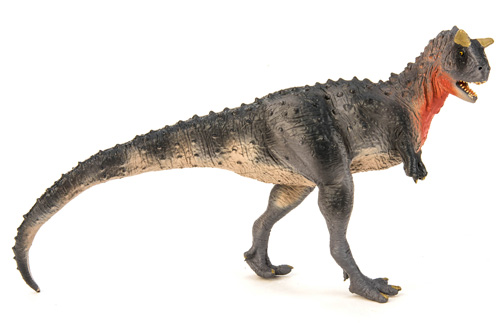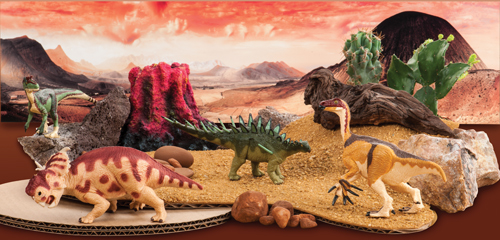Happy 90th Birthday Sir David Attenborough
Happy 90th Birthday Sir David Attenborough
On this day in 1926, the English naturalist and broadcaster David Attenborough was born. Today, we celebrate Sir David’s (he was knighted in 1985), ninetieth birthday. His contribution to our understanding of the natural world has been immense. He can now add the title of nonagenarian to his array of awards and accolades. On behalf of everyone at Everything Dinosaur we would like to wish Sir David Attenborough “many happy returns”.
Happy Birthday Sir David Attenborough
Picture credit: Everything Dinosaur with images from the BBC
Celebrating Six Decades of Broadcasting
Today, a lot of media outlets will be paying tribute to the body of work with which Sir David Attenborough has been associated. He has been a part of so many people’s lives and documented our rapidly changing world. Through his eyes and his narration we have seen and heard about this remarkable ecosystem that we are very much a part of, but sadly, most of us have lost touch with.
In the office over this weekend we have been sharing our thoughts about some of the amazing programmes, many of which were ground-breaking documentaries that this stalwart of British broadcasting has worked on over a BBC and programme making career that extends to more than six decades.
Fabulous Animals
Some of us remember watching a programme called “Fabulous Animals” which was broadcast in the mid 1970s and (if we recall correctly), was shown during the summer holidays. In this series, David (not to be knighted for another ten years or so), explored stories relating to mythical creatures such as mermaids, griffins and the Loch Ness monster. These programmes have not been seen by any of us for half a lifetime, but we can recall the enthusiastic presenter explaining and enthralling us with tales of these astonishing creatures.
Life on Earth (1979)
The documentary series “Life on Earth” was to follow, a joint venture between the BBC and Warner Bros/Reiner Moritz Productions, a thirteen-part documentary series that charted the story of life and evolution. This seminal and highly influential television series was to form the basis of a body of work that, in our opinion has not been surpassed.
A Fascination for Fossils
As a young boy growing up in the county of Leicester, Sir David was passionate about fossil collecting, an enthusiasm he still has, although sadly with dodgy knees and a pacemaker, his days of clambering over rocks in search of petrified evidence of ancient life might be behind him. Nonetheless, as a presenter and narrator he has still played a pivotal role in enthusing the next generation of budding palaeontologists and fossil collectors.
Sir David Discusses Trilobites with Professor Richard Fortey
Picture credit: BBC
Happy Birthday Sir David Attenborough
Over the next few days the BBC will be showing a number of programmes and documentaries that celebrate the work of this much admired naturalist and broadcaster and last week it was announced that Sir David’s first foray into television “Zoo Quest” was to be broadcast in colour for the first time.
Attenborosaurus
Sir David has been honoured on numerous occasions and has a number of living and extinct species named after him as well as a polar research vessel. For example, back in 2008, when Sir David was a sprightly eighty-two year old, Everything Dinosaur reported on the discovery of a placoderm fossil in Australia that showed evidence of viviparity (live birth). The animal was named Materpiscis attenboroughi: A Fishy Tale Indeed and fans of marine reptiles will know that the pliosaur Attenborosaurus conybeari honours Sir David and the 19th century English geologist William Conybeare.
The CollectA Attenborosaurus Model
Picture credit: Everything Dinosaur
To purchase a model of Attenborosaurus (Attenborough’s lizard) and to see a range of dinosaur and prehistoric animal figures: CollectA Prehistoric Life Models and Figures.
From all of us at Everything Dinosaur, happy birthday Sir David.





